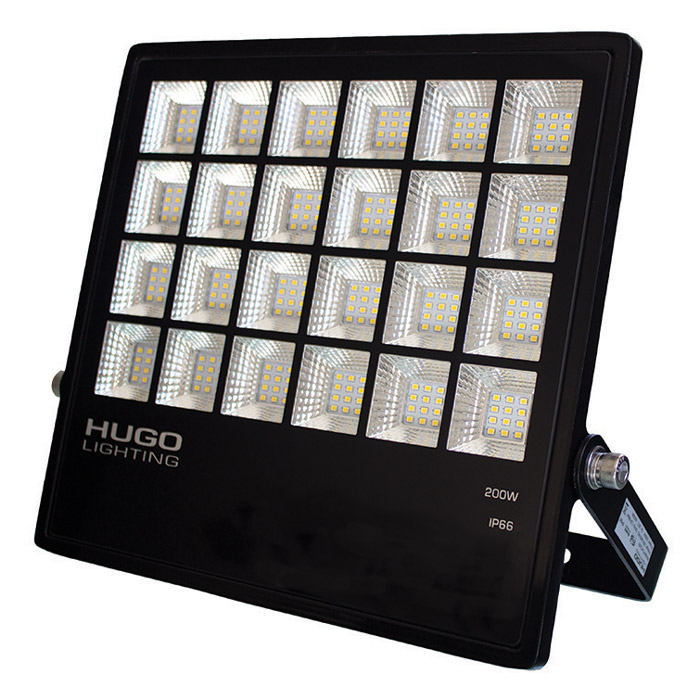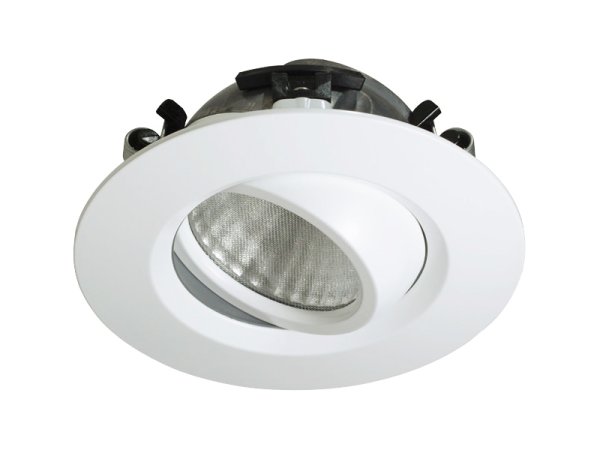As more and more LED lights come into the market, choosing the right LED is getting harder. So we have put together some tips for choosing the right LED light and the different aspects to consider when choosing an LED fitting or lamp.
- Lumens not Watts
It used to be that wattage would tell you how bright a light would be. But with LEDs what you want to be looking at is the lumens. The higher the lumens the brighter the light will be. This is because watts is a measure of how much energy a light draws, so with LEDs which are more energy efficient, a 20W LED can be the same brightness/lumens as a 100W incandescent light
If a lamp has more lumens: watts (e.g. 2000 lumen: 20W vs 1000 lumen: 20W) a light bulb is more energy efficient.
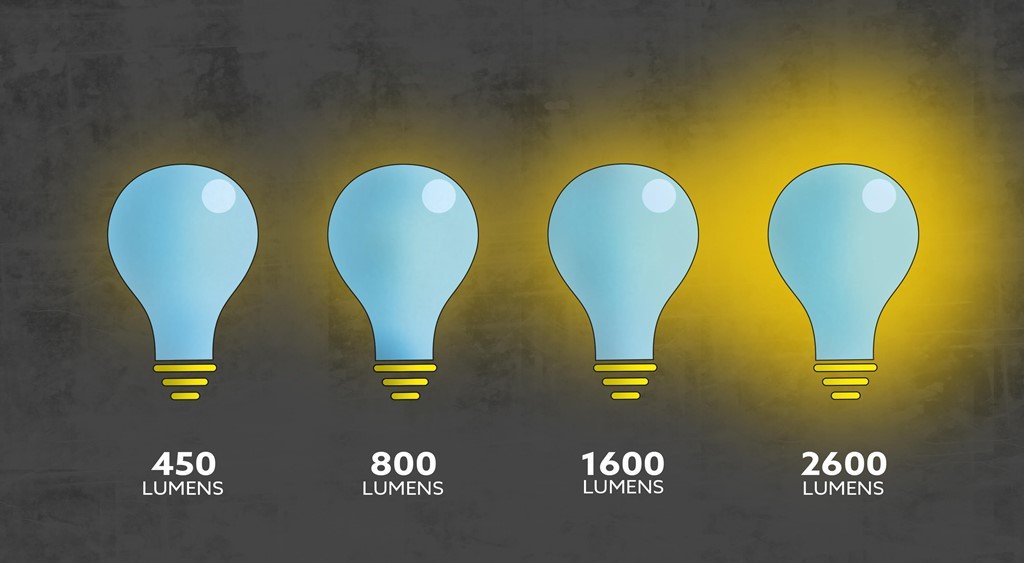
- Colour - Warm vs White vs Blue
Unlike standard light bulbs, LEDs come in a wide range of colours. You can choose a warm colour that is similar to traditional bulbs, or go for a cool-toned LED closer to the colour of daylight. There are even some LED lights, for example, the Philips Hue light, that are customisable and can change colours.
There is ongoing research on the effects of different coloured LED lights on humans. Some suggest white/blue-toned lights for workspaces optimise productivity, and warmer tones in spaces like bedrooms help with sleeping.

The warmth of a light is measured in Kelvin; the higher the Kelvin the cooler the light.
Another way of assessing the colour of an LED is the Colour Rendering Index (CRI). CRI measures how accurately represented the colours are of what it's illuminating. For example, an LED light with a CRI rating in the high 90s would show near normal colouring, while lights in the 80s or lower can cause things to appear slightly different colours e.g. colder and more blue/green.
- Life expectancy
You're going to pay more for an LED light, but also you will pay more for a light of better quality and longer lifetime. Though the upfront cost is higher, investing in a better quality light with a longer lifetime will pay off in the long term.
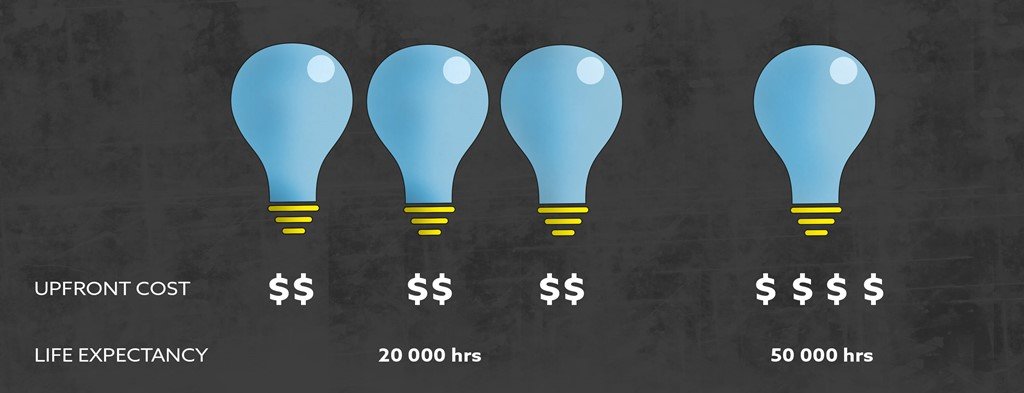
Where is it going?
- Dimmers
Not all LED lights are compatible with dimmer switches as they work by reducing energy sent to the light which may not affect brightness in the desired way. This is also the reason some LED lights may flicker, hum, or buzz when attached to a dimmer.
For this reason, if you are putting an LED light where there is a dimmer you need to make sure it is a dimmable LED compatible with the type of dimmer it is going with. Dimmable LEDs do tend to cost more than the non-dimmable version. A LED specific dimmer may also need to be installed which could require an electrician to install.
- IP rating
International Protection (IP) Ratings are defined in international standard IEC 60529 and classify the degrees of protection provided against the intrusion of solid objects, dust, accidental contact, and water in electronic enclosures. Depending on where the LED fitting is going a higher or lower IP rating may be required.
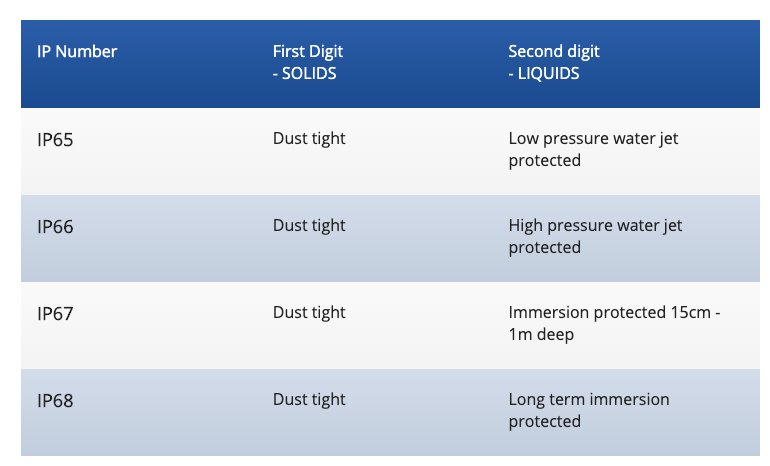
Some common IP ratings are:
- Enclosed housing
Though LEDs produce less heat than traditional lamps, they do still produce heat. If this heat isn't dissipated it can damage the fitting and dramatically decrease the life expectancy. Usually, the heat is pulled away into a heat sink and then keeps the lamp cool by dissipating into the air. However, if the fitting is placed in an enclosed space this mechanism may not work effectively. So it is important to make sure the fitting is approved for recessed or enclosed spaces if that is where it will be placed. Otherwise, the promises of a long life will prove stunted.

